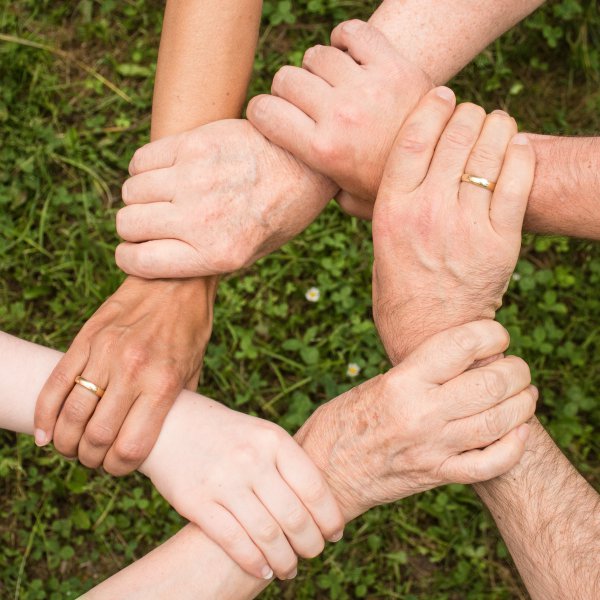” We have positively changed the way these spaces operate and moved them towards higher levels of sustainability – positioning them for success in the coming uncertain years.”
Covid-19 related activity first delayed releasing the latest Intergenerational Report (IGR) from the Australian Treasury and subsequently the significant challenges of lockdowns and restrictions have distracted us from considering its implications. The report projects an outlook for the economy over the next 40 years. It is dense with data and assumptions on how demographic, technological and other trends may affect our economy.
Three predictions are critical to the sustainability of community space. These are climate change, demographic shifts, and the economy.
First, a recap on the size of the community space universe. CoreLogic estimates there are over 100,000 community facilities in Australia, and we estimate a further 1.5M in NZ, the UK, the USA, and Canada. Government, councils, schools, churches, Not For Profits, corporates, and others own community facilities. They are everywhere and valuable, both individually and collectively. Nevertheless, their essential role in our civil society as gathering places to connect communities is often overlooked or ignored. The otherwise excellent National Volunteering Strategy did not refer to space at all. This is ironic in a time when the importance of individuals’ connections to community and the correlation to mental and physical wellbeing and social cohesion has been underscored.
So, what about those predictions?
Climate Change
Treasury’s analysis confirms climate change is real, and the global drive to reduce emissions will necessitate a transition in Australia’s carbon-intensive economy; “Some sectors will need to adjust to falling demand for some exports, while new opportunities will be created in other sectors”.
This transition will have significant implications for Australia’s export income, federal funding models, and policies and, by extension, the operating models, of those that own and manage community spaces with their reliance on funding from government at all levels.
The drive towards self-sufficiency will be more urgent and necessary. Grant funding will be more contested. Established corporate sponsors may become less reliable as they too face disruption.
The costs of heating and cooling community spaces may increase and these increases will need to be passed on in venue hire costs or recoved in other ways, e.g. through membership, council rates or state levies? Treasury says global heating will potentially make it more difficult for households [and others including community spaces] to get adequate insurance because of an increase in climate-related natural disasters – as already seen with increases in fire, flood and cyclone insurance.
Demographic Shifts
The phrase ‘demography is destiny’ is attributed to the French sociologist and philosopher Auguste Comte. Our population is ageing. According to the current IGR, between 2019-20 and 2060-61, the number of Australians aged 65 and older will double to 8.9 million. In 2019-20, there were 6,400 centenarians, but by 2060-61, that cohort is projected to be 40,900.
The fastest-growing cohort will be those over 100!
What community spaces will an ageing population need, where will they be located, and how will they be funded? Who will operate, manage, and volunteer in these new spaces to help seniors maintain their community connections? What spaces will be abandoned as inadequate for their needs?
Amplifying this trend, the latest IGR says the most enduring after effect from the coronavirus pandemic is likely to be a slower population growth “reflecting a period of sharply limited migration and a temporary fall in the fertility rate”.
This is the first IGR to forecast a downward revision to population growth.
The Economy
Treasury says slower population growth means slower economic growth. An ageing population also reduces the number of working-age people as a share of the population.
Persistent lower growth, chronic budget deficits, higher government spending (with increased spending on health care, aged care, interest payments and emerging climate change risks), and declining living standards are all projected
While the IGR reports the government is committed to maintaining a sustainable tax burden, it also notes the tax burden will increasingly falling on households, and tax increases seem inevitable.
The sum of these predictions make today’s reliance on volunteers to manage community space and deliver programs untenable.
At Vennu® we have significantly enhanced access to venues, making them accessible for anyone independent of size, ownership, and location with no upfront costs enabling digital equity. We have positively changed the way these spaces operate and moved them towards higher levels of sustainability – positioning them for success in the coming uncertain years. Vennu frees those that own, manage, or volunteer in community spaces from the hassle of short term hire with an easy-to-use, low-cost marketplace to generate revenue from their underutilised space, optimise use, move to data informed decision making and support collaboration.
Suzanne Campbell
CEO and Founder
Vennu




